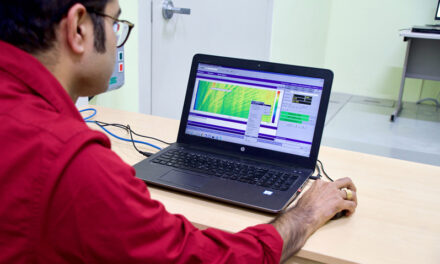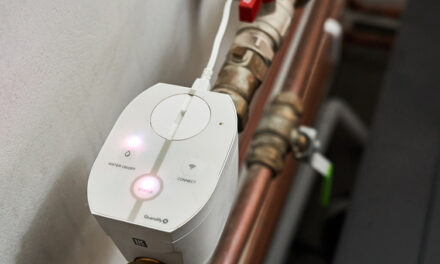“PistenBully” manufacturer relies on Siemens PLM Software for design
Laupheim, Germany. Kässbohrer Geländefahrzeug AG (Kässbohrer) leads the field in the development and construction of technological solutions for the environment, nature and recreation. Its products include the PistenBully, launched in 1969 and now used in ski resorts the world over. This all-terrain vehicle uses chain tracks to groom slopes under extreme conditions. To fulfill its own stringent quality expectations and those of its customers, Kässbohrer relies on digital product development with solutions from Siemens PLM Software. This means offering customers innovative and ergonomic design as well as a low intrinsic vehicle weight – coupled with a minimal error rate in production.
Around 22,000 PistenBullys from Kässbohrer are at work in a total of 110 countries to keep ski slopes in pristine condition in some of the toughest conditions imaginable, at sub-zero temperatures and on extreme gradients. They are also used in snow domes, and on sports and competitive pistes to ensure optimum skiing conditions. Kässbohrer manufactures the chain tracks and welded constructions of the Bully cabs inhouse.
Since 2002, Kässbohrer has been using Solid Edge from Siemens PLM Software for its design work.
– In almost no time at all we created all of our new components in 3D and migrated the data from the existing 2D system to Solid Edge, says Roland Weidmann, product developer at Kässbohrer. In combination with authorized Solid Edge reseller PBU CAD Systeme, this system has since been supplemented by a PDM (Product Data Management) system to cover all the engineering workflows. This system was integrated into the company’s ERP (Enterprise Resource Planning) system from SAP in a way that has saved the developers a lot of laborious data entry work there.
Complex virtual twinning
Kässbohrer models the freeform surfaces with NX before the models are then migrated to the Solid Edge modules.
– Solid Edge is our engineering backbone with which we create the digital twins of our products at around 50 workstations, explains Weidmann. Some of the digital twins comprise several thousand individual parts and contain practically all the mechanical components. As around 40 percent of the components developed using Solid Edge are sheet metal, the company makes use of Solid Edge’s sheet metal module, a special 3D system specifically for sheet metal design. Just like the Solid Edge Simulation also used at Kässbohrer, the sheet metal module offers an impressive level of user convenience. And on the subject of user-friendly design, it isn’t only the designers who benefit from the high level of digitalization in production. Customers – or rather the PistenBully drivers – reap decisive first-hand benefits too: The intuitive operating environment, the ergonomic design and the spacious cockpit are all the culmination of extensive simulations.
Customers benefit from digitalization
– Without the comprehensive use of NX freeform surface modeling and Solid Edge solutions in digital product development, we would not have been able to develop this generation of vehicles in this way, says Roland Weidmann.
– The more detailed and comprehensive the depiction of the digital twins, the better the vehicles we can make available to our clients, sums up Weidmann.







